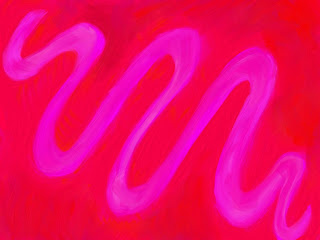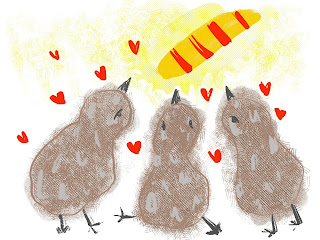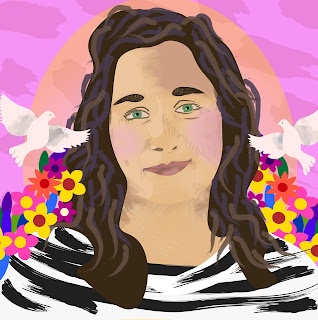visual culture
Visual culture is the outward expression, through images, of the beliefs, fears, hopes, and questions of the present culture. As such, it is constantly changing and ever-renewed.
June K McFee video (from 1995, wow!):
- What are the most important things discussed that are still relevant today in regards to Art Education and Visual Culture? In the video June McFee said "the individual is extremely important." She believes in the value and importance of the individual and the potential for each person's growth. I believe that this concept will never ever be diminished in its significance to the education of the individual as such.
- "Every child is a cultural mosaic." Period.
In the "Zinester: Art of Individualism" video:
- Have you heard of "Zines" before? Yepper! I used to write them and buy them in high school. I was mostly interested in zines about music. Punk or ska.
- What do you think about the Zine Library? It is certainly interesting. It might bring hope to someone looking to hear that they are not alone. But also it is kind of a mess. It sort of feels like a rehashing of the same angst over and over again by a bunch of people who are screaming into the dark and nobody hears them; no-one is listening.
- What do you think of the concept of consumers/producers? Consumers and producers is a universal theme created with the inception of planet Earth. The cycle of consumption and production is one of nature's greatest allegories and is the backdrop for our own memento mori. The ability for a human to be self aware and cognizant of their place in this cycle is in direct proportion to their power to choose their place!
- Would you find the creation of a Zine an appropriate topic/project to explore in your classroom? Yes yes yes! I think the making of zines in a class would be a FANTASTIC way to explore the juxtaposition of words and images as well as page layout and presentation. I'm gonna totes do it. It could get a little tricky if students want to discuss issues or anecdotes that are disturbing of offensive so there would have to be some set parameters ahead of time in order to (1) give students some guidelines and a "limited palette" of sorts- not overwhelm them with options and (2) keep the group on track so that there is some continuity and that someone would really have to go out of their way to be rude, inappropriate or offensive.
In the "Beginning a Lesson" Video:
- What information from this video is of interest to you for your classroom? Cultural norms are silent until they are disrupted. Another focus on self-awareness.
- Do you find the "Arguments 1-4" valid concepts to explore Visual Culture in the classroom? The arguments are a great canvas to build upon. A structure for the understanding of and application of Visual Culture and its subsequent concepts can be built upon these arguments. However, I do find them quite cumbersome at times in their wording/expression. For example- from Argument 4- "Although we focus primarily on textual knowledge and meaning-making in our culture, making meaningful meaning requires us to attend to oral, visual, audio and textual elements." I feel that this is true, but I could do without the phrase "meaningful meaning". Pshaw.
- How might you use these in your classroom? I might use some framework like this in my classroom. The two changes I'd likely make would be to simplify and cut out some of the extra words and/or have the students work together to create our own set of Arguments to work from in the space that we share: in the classroom and for the year, unit, quarter, whatever the timeframe may be.




Comments
Post a Comment